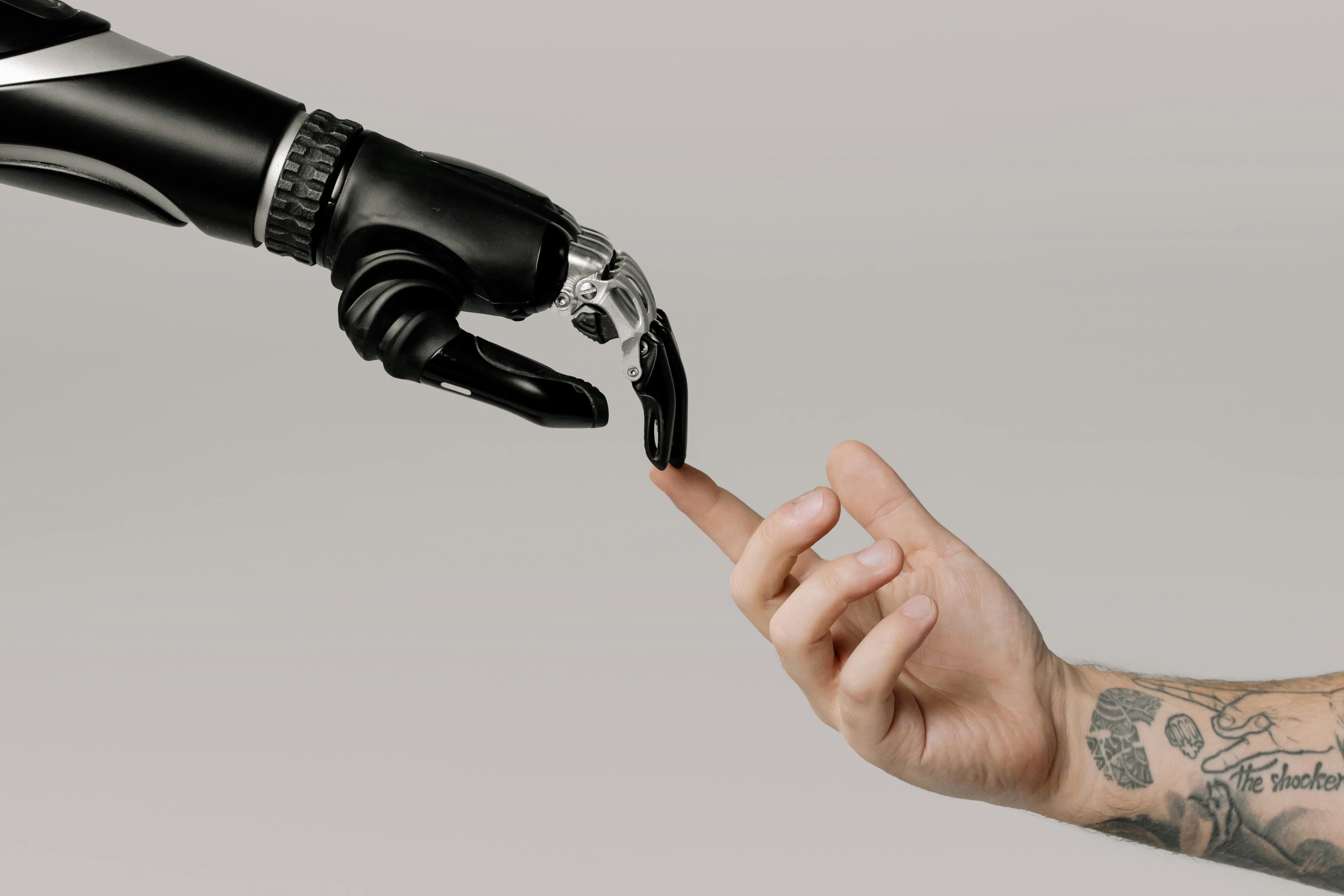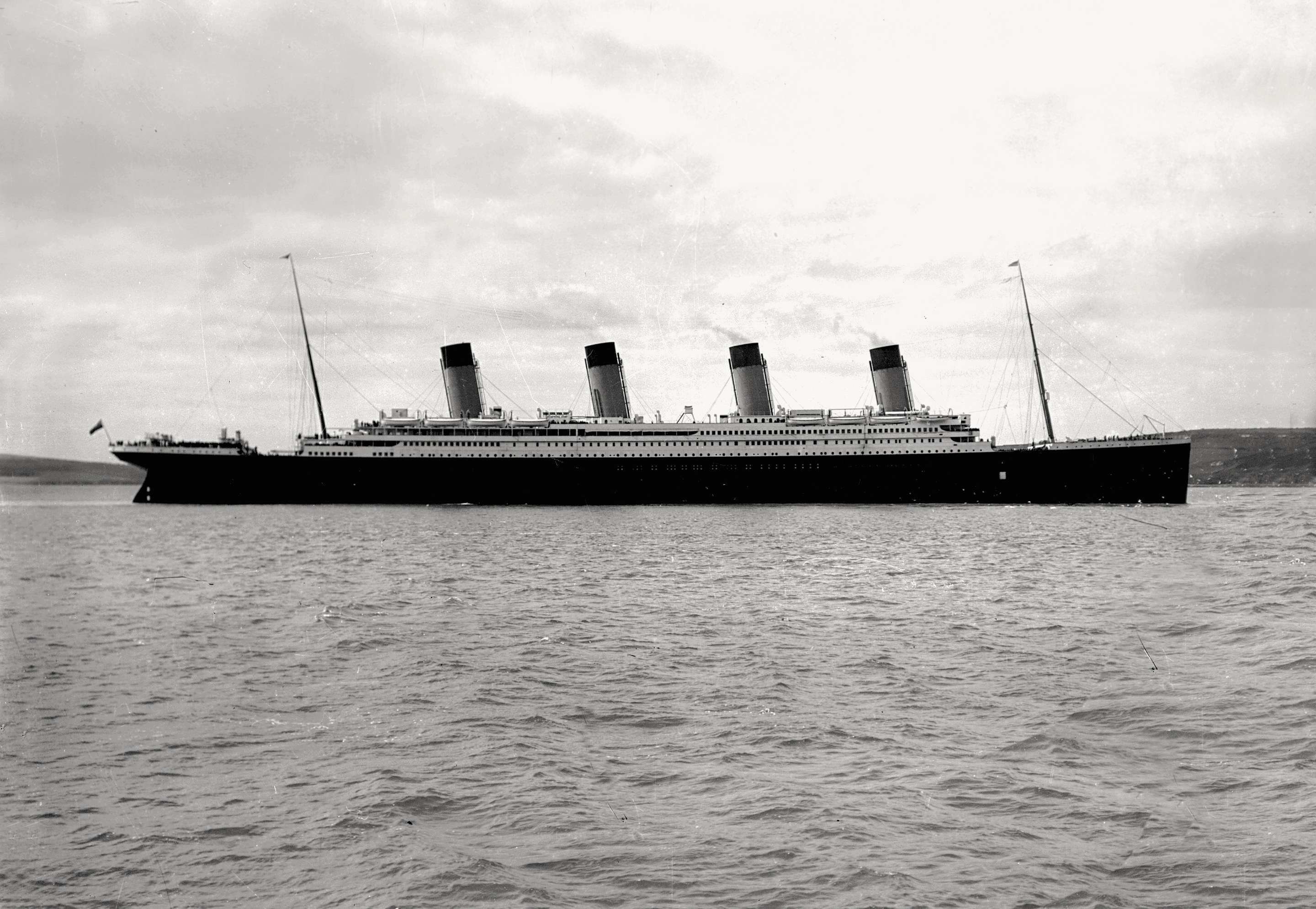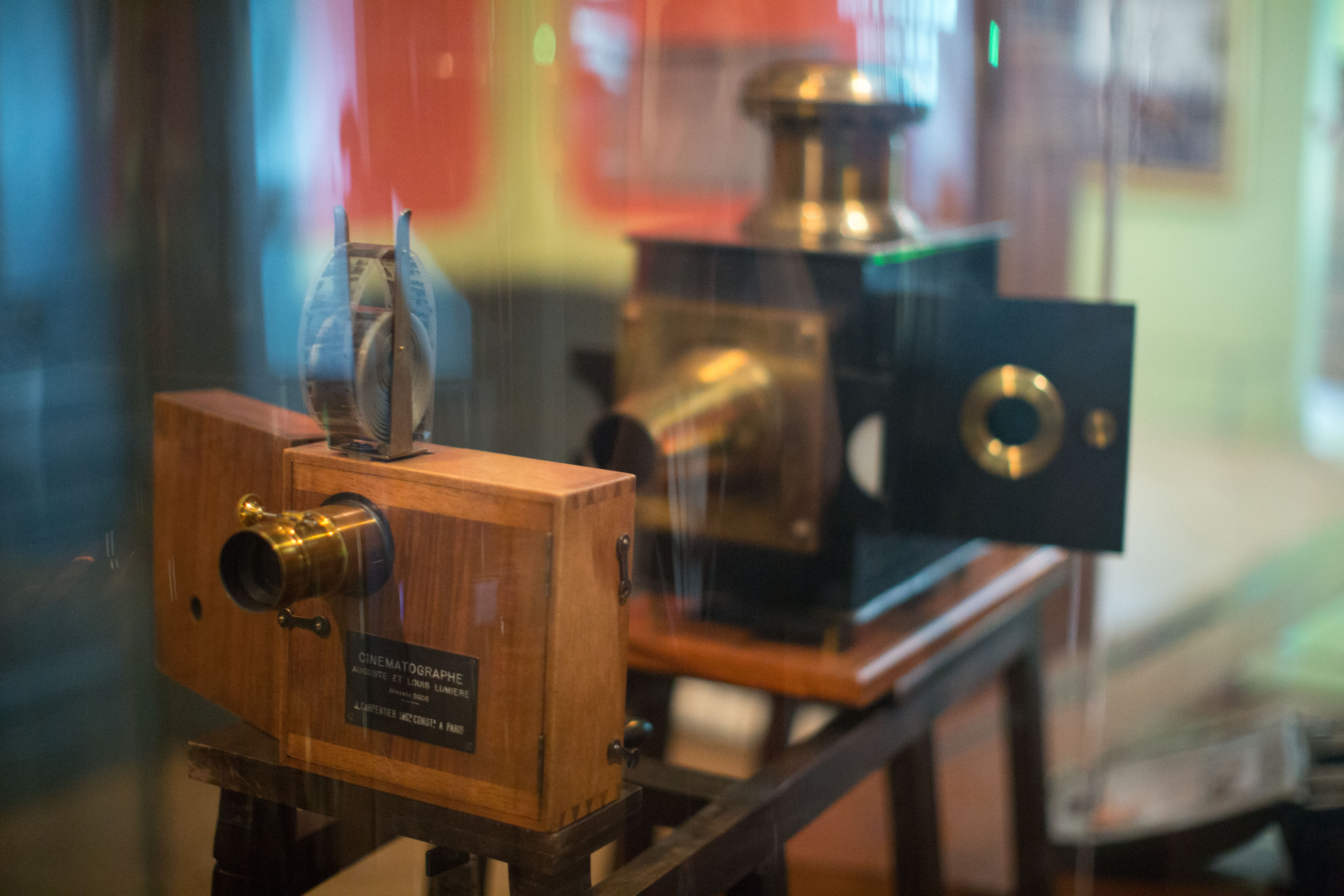Why does UK business stand out in its lack of concern about green engineering skills?
When research reveals a trend as worrying as the fact that fewer than 5% of engineering companies from thousands around the world who took part in a recent survey believe they have the skills in place to be resilient to climate change*, it’s probably unfair to pick out how one country perceives the problem. The results of the IET’s recent International Green Skills Survey, however, throw up some odd facts about UK industry that bear closer examination and might offer clues about how industry worldwide can respond to the warning that a lack of skills is the most common barrier to achieving net zero carbon emissions. The bottom line, unsurprisingly, is that everyone’s preoccupied with the potential impact of climate change on their business. In the UK, 65% of respondents say they are ‘concerned…






















